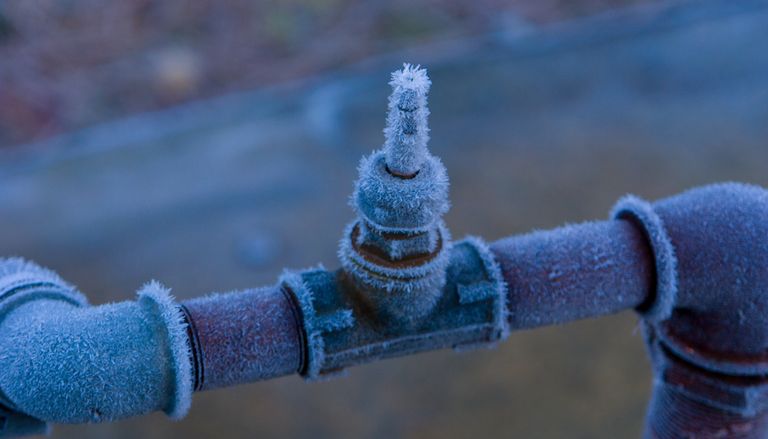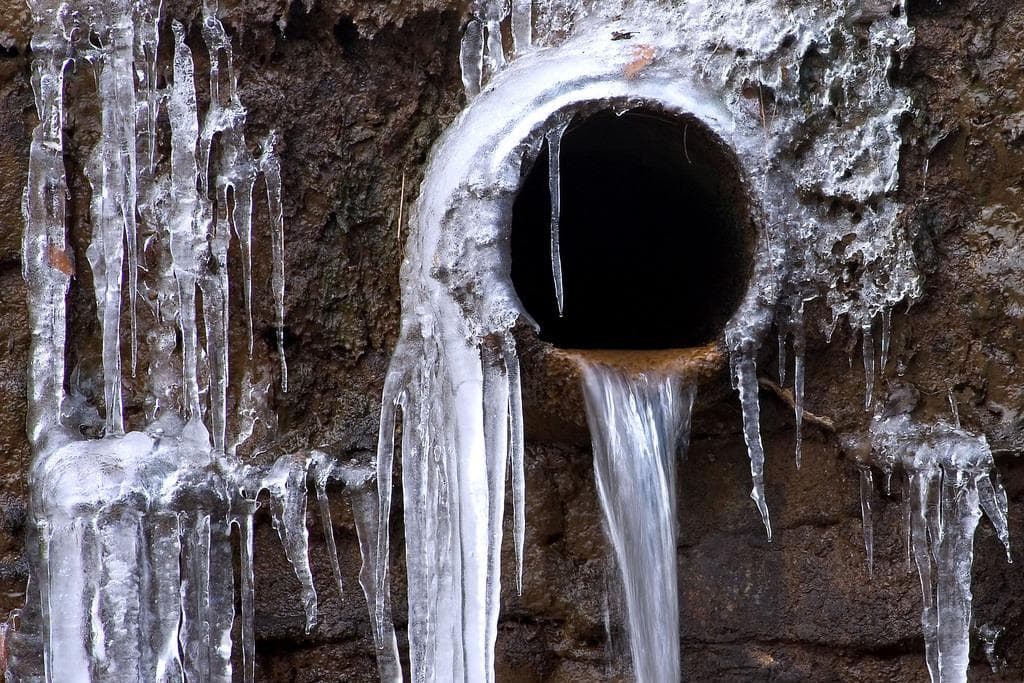Important Advice to Avoid Frozen Plumbing in Winter: Expert Guidance
Important Advice to Avoid Frozen Plumbing in Winter: Expert Guidance
Blog Article
The article which follows about Preventing and dealing with frozen pipes is particularly engaging. Don't overlook it.

Cold weather can ruin your plumbing, particularly by freezing pipelines. Right here's exactly how to avoid it from happening and what to do if it does.
Introduction
As temperature levels decrease, the danger of frozen pipes increases, possibly resulting in costly repair work and water damages. Recognizing just how to stop icy pipelines is essential for property owners in cool environments.
Avoidance Tips
Protecting vulnerable pipes
Wrap pipes in insulation sleeves or use heat tape to secure them from freezing temperatures. Focus on pipelines in unheated or external areas of the home.
Heating methods
Keep interior rooms sufficiently warmed, especially locations with plumbing. Open up cabinet doors to allow warm air to distribute around pipelines under sinks.
How to identify icy pipelines
Seek reduced water flow from taps, unusual odors or sounds from pipes, and noticeable frost on revealed pipes.
Long-Term Solutions
Architectural changes
Take into consideration rerouting pipelines away from exterior walls or unheated locations. Include added insulation to attics, basements, and crawl spaces.
Upgrading insulation
Invest in premium insulation for pipes, attic rooms, and wall surfaces. Proper insulation aids preserve regular temperatures and lowers the threat of frozen pipes.
Protecting Exterior Plumbing
Garden hoses and outside faucets
Disconnect and drain yard tubes prior to winter season. Set up frost-proof spigots or cover outdoor taps with protected caps.
Understanding Icy Pipelines
What creates pipes to freeze?
Pipes ice up when subjected to temperature levels below 32 ° F (0 ° C) for prolonged periods. As water inside the pipes freezes, it increases, taxing the pipe wall surfaces and possibly creating them to burst.
Threats and problems
Icy pipelines can cause water system interruptions, residential or commercial property damages, and costly fixings. Ruptured pipelines can flooding homes and trigger considerable structural damage.
Indicators of Frozen Pipeline
Identifying icy pipes early can stop them from bursting.
What to Do If Your Pipelines Freeze
Immediate activities to take
If you believe frozen pipelines, maintain taps available to relieve stress as the ice melts. Use a hairdryer or towels soaked in hot water to thaw pipelines slowly.
Verdict
Stopping icy pipes needs positive actions and quick responses. By understanding the causes, indicators, and safety nets, house owners can shield their plumbing throughout cold weather.
5 Ways to Prevent Frozen Pipes
Drain Outdoor Faucets and Disconnect Hoses
First, close the shut-off valve that controls the flow of water in the pipe to your outdoor faucet. Then, head outside to disconnect and drain your hose and open the outdoor faucet to allow the water to completely drain out of the line. Turn off the faucet when done. Finally, head back to the shut-off valve and drain the remaining water inside the pipe into a bucket or container. Additionally, if you have a home irrigation system, you should consider hiring an expert to clear the system of water each year.
Insulate Pipes
One of the best and most cost-effective methods for preventing frozen water pipes is to wrap your pipes with insulation. This is especially important for areas in your home that aren’t exposed to heat, such as an attic. We suggest using foam sleeves, which can typically be found at your local hardware store.
Keep Heat Running at 65
Your pipes are located inside your walls, and the temperature there is much colder than the rest of the house. To prevent your pipes from freezing, The Insurance Information Institute suggests that you keep your home heated to at least 65 degrees, even when traveling. You may want to invest in smart devices that can keep an eye on the temperature in your home while you’re away.
Leave Water Dripping
Moving water — even a small trickle — can prevent ice from forming inside your pipes. When freezing temps are imminent, start a drip of water from all faucets that serve exposed pipes. Leaving a few faucets running will also help relieve pressure inside the pipes and help prevent a rupture if the water inside freezes.
Open Cupboard Doors
Warm your kitchen and bathroom pipes by opening cupboards and vanities. You should also leave your interior doors ajar to help warm air circulate evenly throughout your home.

As a person who reads on Prevent Frozen Pipes , I assumed sharing that excerpt was a good thing. Enjoyed our write-up? Please share it. Let somebody else discover it. Thank you so much for going through it.
Visit Website Report this page